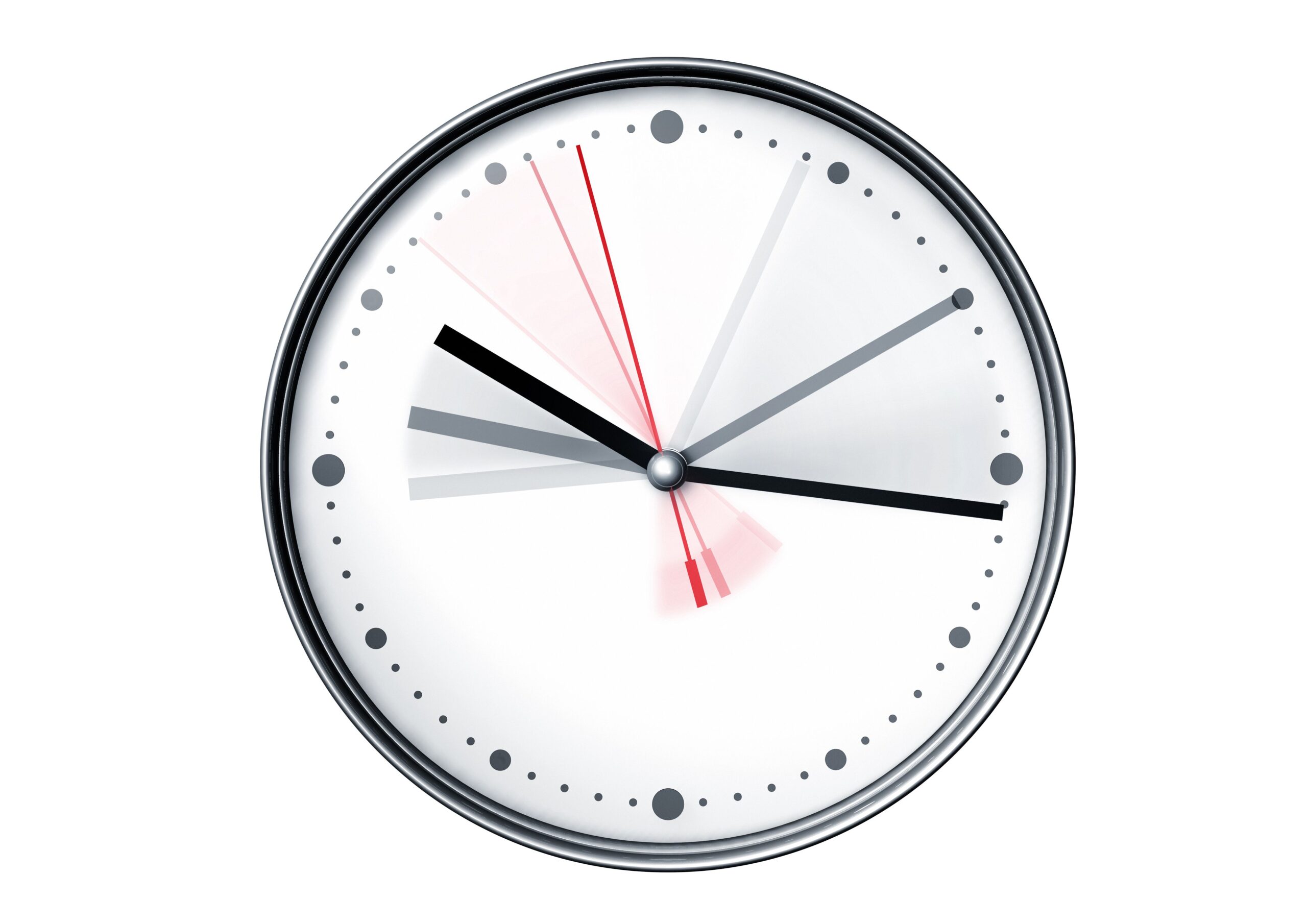Mastering Custom Colors: Step-by-Step Guide to DIY LED Light Settings
Introduction
Customizing the colors of your LED lights can transform the mood and functionality of any space. Whether you’re looking to set the perfect atmosphere for a party, create a calming bedroom environment, or simply express your creativity, learning how to set DIY colors on LED lights is a highly rewarding skill. This guide offers step-by-step instructions, practical examples, and troubleshooting advice for getting the most out of your LED lighting setup. All methods are based on real-world user experiences, verified guides, and manufacturer recommendations to ensure actionable and accurate results.
Understanding DIY LED Color Options
Most modern LED strip lights, especially those featuring RGB (Red, Green, Blue) technology, allow users to create custom colors by blending different light intensities. Many kits provide a remote control with dedicated “DIY” buttons, while more advanced setups may use a mobile app or a programmable microcontroller. The basic principle is adjusting the brightness of each color channel (R, G, B) to achieve the desired hue.
For example, setting all channels to maximum creates white light, while reducing the green and blue channels results in a pure red. Blending different levels lets you access a wide spectrum of colors not pre-programmed into your remote. This customizability is a key benefit for users seeking personalized lighting solutions for home, office, or creative projects [1] .
Step-by-Step Instructions: Setting DIY Colors on LED Lights
Using an Infrared Remote (Most Common Method)

Source: pinterest.com
- Power On and Enter DIY Mode: Begin with your LED strip powered on. Locate the remote control and press any of the “DIY” buttons (e.g., DIY1, DIY2, etc.). This selects a blank preset slot where you can save your custom color.
- Adjust Color Channels: Use the remote’s labeled up/down arrows for the red, green, and blue channels. For each, press the up arrow to increase brightness or the down arrow to decrease it. For instance, to create a peach color, you might raise the red and green channels while lowering the blue [3] .
- Fine-Tune and Save: Watch the light strip respond in real-time. When you achieve the desired color, simply leave the remote alone; most remotes will auto-save the color to that DIY slot. For some models, you may need to press the DIY button again to confirm the setting.
Example: If you want a soft purple, increase the blue and red channels while keeping green low. For a warm yellow, maximize red and green, and keep blue at its minimum.
Alternative Methods: App and Controller Customization
Newer LED strip lights often come with a Wi-Fi or Bluetooth-enabled controller and a companion smartphone app. These apps provide color wheels, sliders, and sometimes even voice control for effortless color selection. The practical steps are:
- Open the LED control app and connect to your LED device.
- Select the DIY or custom color mode.
- Use the color wheel or RGB sliders to adjust hue and brightness.
- Save your custom color settings to a preset for instant recall later.
Some apps even allow you to sync colors with music or set timers for automatic color changes, further enhancing ambiance and convenience.
Advanced DIY: Custom Circuits and Microcontrollers
For hobbyists and makers, building your own LED controller using a microcontroller (like Arduino or ATtiny) unlocks even more flexibility. By programming the controller, you can create complex color transitions, animations, or reactive lighting effects. This approach is ideal for custom installations, such as mood lamps or accent lighting [1] .
Steps for DIY Microcontroller Control:
- Assemble the RGB LED circuit based on your microcontroller’s capabilities.
- Write a simple program to control the pulse-width modulation (PWM) of each color channel.
- Test and tweak your code to produce the desired color effects.
- Install your lighting setup and enjoy precise, programmable color control.
This method requires basic electronics knowledge and soldering skills but delivers unmatched customization potential.
Practical Applications and Examples
There are countless ways to use DIY LED color settings:
- Decorative Lighting: Set colors to match holidays, seasons, or party themes.
- Productivity: Use cool tones for focus and concentration in a home office.
- Relaxation: Create calming blues or greens in bedrooms or living rooms.
- Photography/Filmmaking: Achieve the exact lighting ambiance needed for shoots by mixing custom colors.
For instance, a popular TikTok tutorial demonstrates how to create pastel colors for an aesthetically pleasing room setup, while YouTube guides show step-by-step processes for achieving unique shades [4] .
Common Challenges and Troubleshooting
Color Not Displaying Correctly: If your LED strip doesn’t show the intended color, check for loose connections, especially at the controller or power supply. Faulty wiring can cause one or more color channels to malfunction.
Remote Not Responding: Make sure the remote’s batteries are fresh and that there’s a clear line of sight to the sensor. If problems persist, reset your controller by unplugging the power for a few seconds before reconnecting.
Limited Color Range: Some budget LED strips may not accurately reproduce all colors, especially complex pastels. Experiment with different channel combinations and consult your LED kit’s manual for optimal settings [2] .

Source: music.apple.com
Alternative Approaches and Accessories
If your current setup lacks the flexibility you want, consider upgrading to higher-quality LED strips or controllers. Look for features such as:
- Wider color gamut (e.g., additional white or amber LEDs for more shades)
- Integrated app support for better control and automation
- Modular connectors for easier installation and expansion [5]
When installing new LED strips, ensure compatibility between the strip, power supply, and controller to avoid performance issues. For solderless installation, use clip-on connectors or plug-and-play kits, which are widely available and easy to use.
How to Access Additional Resources and Support
If you need further help, you can:
- Consult your LED kit’s official instruction manual for model-specific guidance.
- Search online using terms like “DIY LED color tutorial,” “custom RGB LED setup,” or “LED strip app control.”
- Watch step-by-step videos on verified platforms such as YouTube, using search phrases like “how to set DIY colors on LED lights.”
- Contact the customer support team of your LED kit’s manufacturer for troubleshooting and warranty information.
- Join online forums and communities dedicated to DIY electronics and LED lighting for peer advice and inspiration.
By following these approaches, you can overcome most challenges and unlock the full creative potential of your LED lighting setup.
Summary and Key Takeaways
Setting DIY colors on LED lights is both accessible and highly customizable. Whether using a standard remote, a mobile app, or a custom-built controller, you can create the exact mood and ambiance you desire. By understanding the basics of RGB blending, following step-by-step instructions, and leveraging available resources, anyone can master vibrant, personalized lighting effects at home or in creative projects.
References
- [1] Instructables (2017). Colour Changing LED Night Light: Step-by-step guide for custom RGB LED lighting.
- [2] YouTube (2021). How To Create DIY Colors With Your Daybetter LED Strip.
- [3] YouTube (2020). HOW TO MAKE DIY COLORS ON YOUR LED LIGHTS.
- [4] TikTok. DIY LED Light Color Switch Tutorial.
- [5] YouTube (2022). Ridiculously Easy DIY Light Strips! (no soldering).



